Evolution of mankind - A fantastic tour in Science City [Episode #05]
Top Ten Indian Musical Instruments
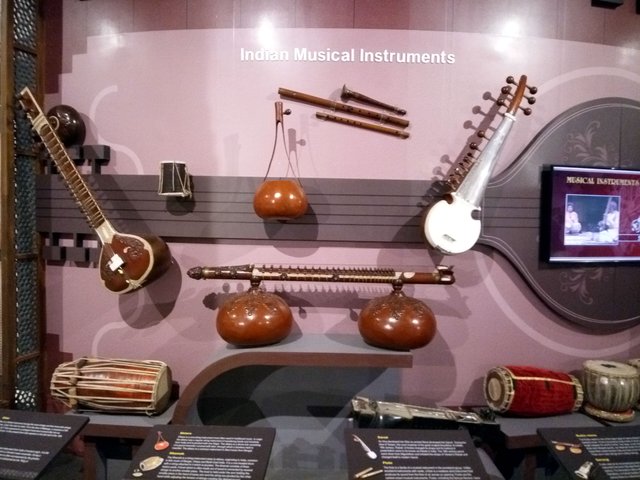
=> Sitar
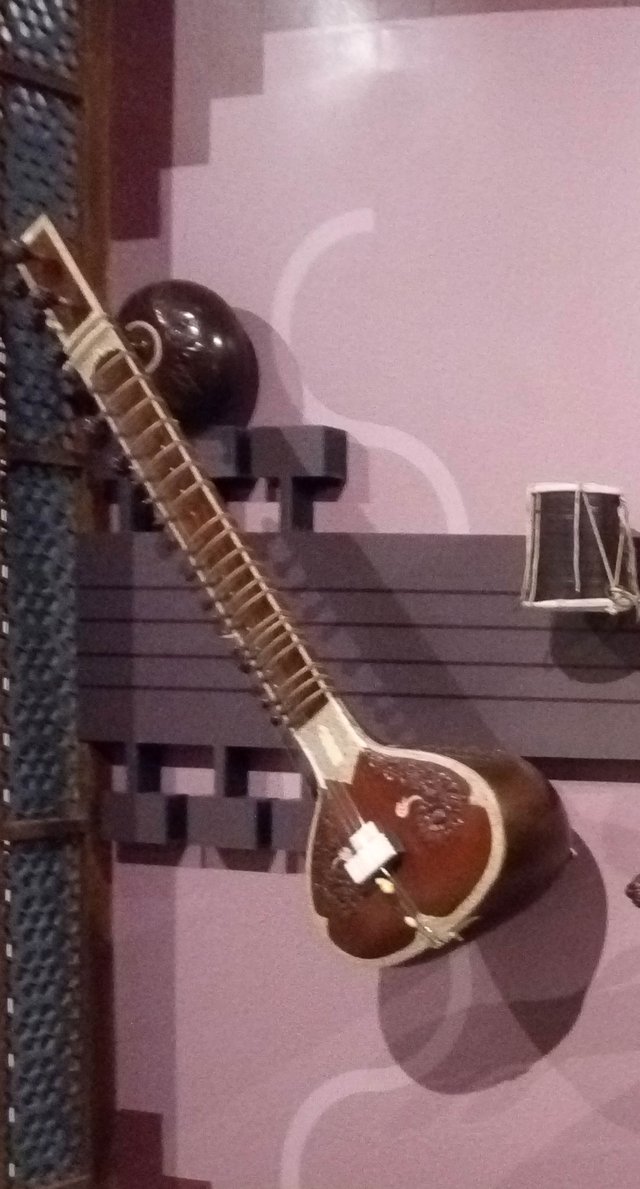
Sitar
Sitar is a fretted instrument having five main strings and two more side strings. It is lute. Early Vina had no frets. From the time of Matanga, a musician of 5th century A.D. frets appeared in a stringed instrument named after him as Matanga Kinnari. In the present form sitar appears in the first half of the 19th century.
=> Mridangam

Mridangam
The Mridangam is a percussion instrument from India of ancient origin. It is the primary rhythmic accompaniment in a Camatic music ensemble. During a percussion ensemble, the mridangam is often accompanied by the ghatam, kanjira, and morsing. The mridangam is nicknamed as the "King of
Percussion".
=> Ektara
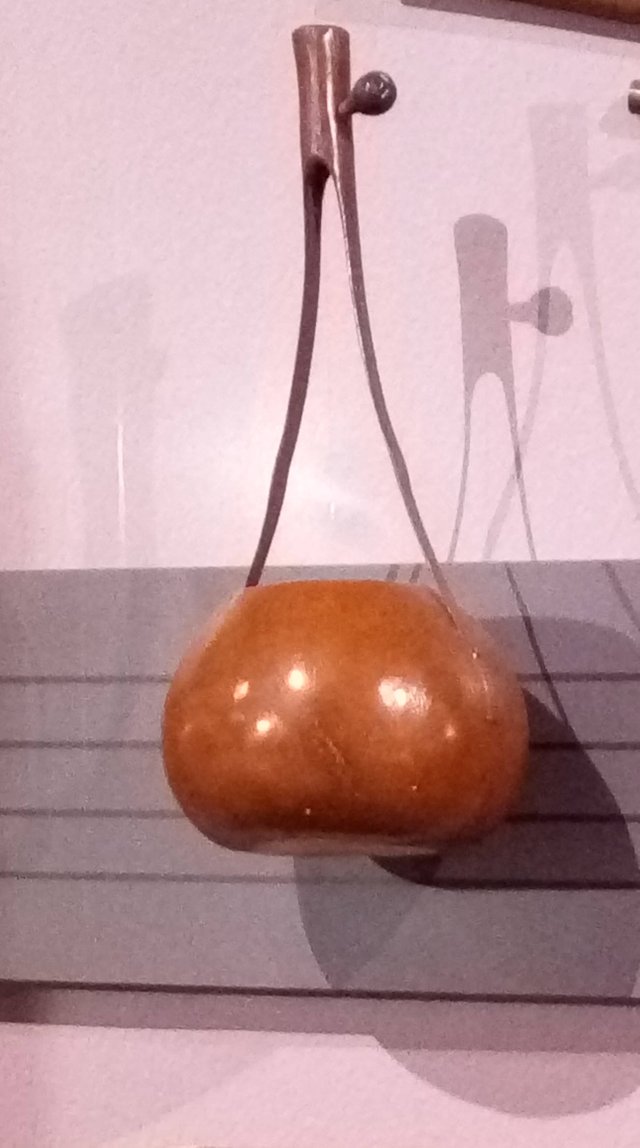
Ektara
Ektara is a one-string instrument most often used in traditional music. In origin the ektara was a regular string instrument of wandering bards and minstrels from India and is plucked with one finger. The ektara is a drone lute consisting of a gourd resonator covered with skin, through which a bamboo neck is inserted. The ektara a common instrument in Baul music from Bengal.
=> Khamak
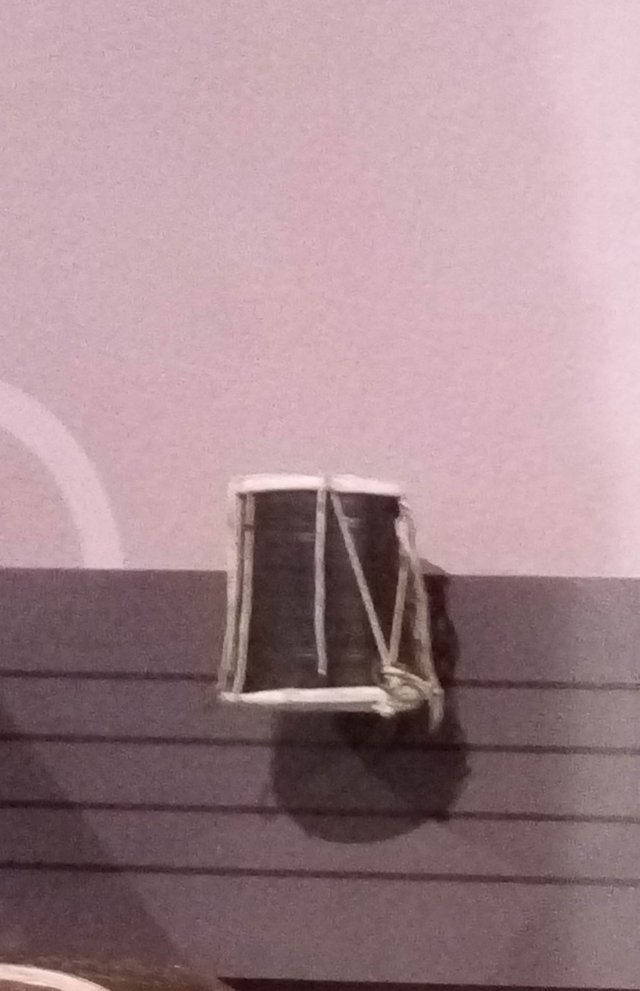
Khamak
The Khamak is a string instrument close to ektara, originating in India, common in folk music of Bengal, Orissa and North East India. It is a one-headed drum with a string attached to it which is plucked. The khamak consists of three basic parts. A bowl which is often made out of wood is connected by several strings to another smaller piece. The bowl is held under the arm holding the smaller piece in the hand of same arm and the strings are plucked by the other hand while adjusting the tension of strings creating the desired sound.
=> Sarod
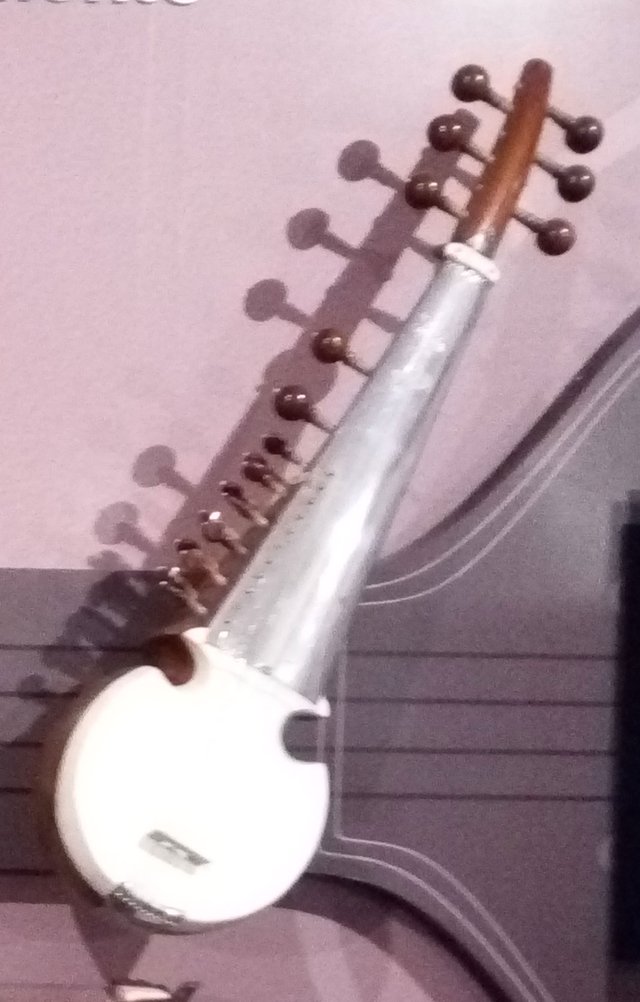
Sarod
As Vina developed into Sitar so ancient Bana developed into Sarod. During the time of Tansen, the court musician of the great mughal king Akbar of middle 16th century, 'Rubeb' of Arabia changed its shape and its method of presentation came to be known as Rabab in India. The 18th century sarod came down from Afghanistan and imitated the shape of Tansen's Rabab and changed itself to modern Sarod.
=> Flute
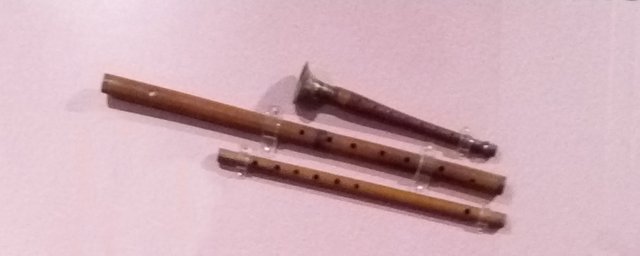
Flute
The flute is a family of a musical instrument in the woodwind group. Unlike woodwind instruments with reeds, a flute is a reedless wind instrument that produces its sound from the flow of air across an opening. Flutes are the earliest extant musical instruments. Flutes, including the famous Bansuri, have
been an integral part of Indian classical music since 1500 BCE.
=> Rudra Veena
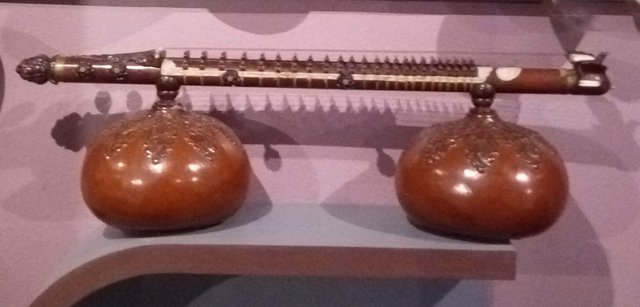
Rudra Veena
The Rudra veena is one of the major types of veena played in Indian classical music. It has a long tubular body made of wood or bamboo with a length between 54 and 62 inches. Two large, round resonators, made of dried hollowed gourds, are attached under the tube. Twenty-four brass-fitted raised wooden frets are fixed on the tube with the help of wax. There are four main strings and three chikari strings.
=> Sarangi
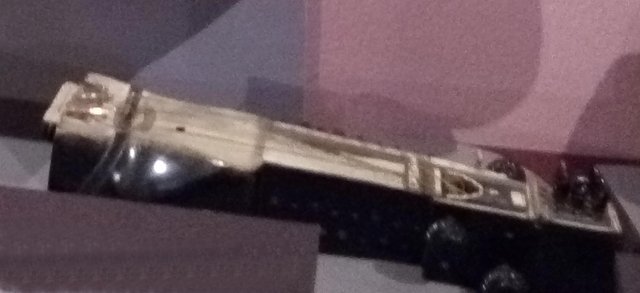
Sarangi
Sarangi was used as an accompanying instrument and it's still being used so. The instrument has been fully described in Sangitasara by Harinayaka of 15th century. The description tallies with the modern Sarangi. In Sangeet Ratnakar, a musical treatise of Sarangadeva of the beginning of 13th century there is a reference to this instrument.
=> Dholak
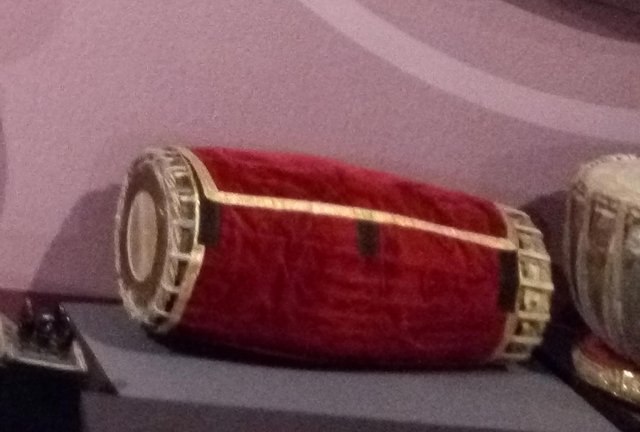
Dholak
The Dholak is a South Asian two-headed hand-drum. It may have traditional cotton rope lacing, screw-turnbuckle tensioning or both combined; in the first case steel rings are used for tuning or pegs are twisted inside the laces. The dholak is mainly a folk instrument, lacking the exact tuning and playing techniques of the tabla or pakhawaj. The drum is pitched, depending on size, with an interval of perhaps a perfect fourth or perfect fifth between the two heads.
=> Tabla
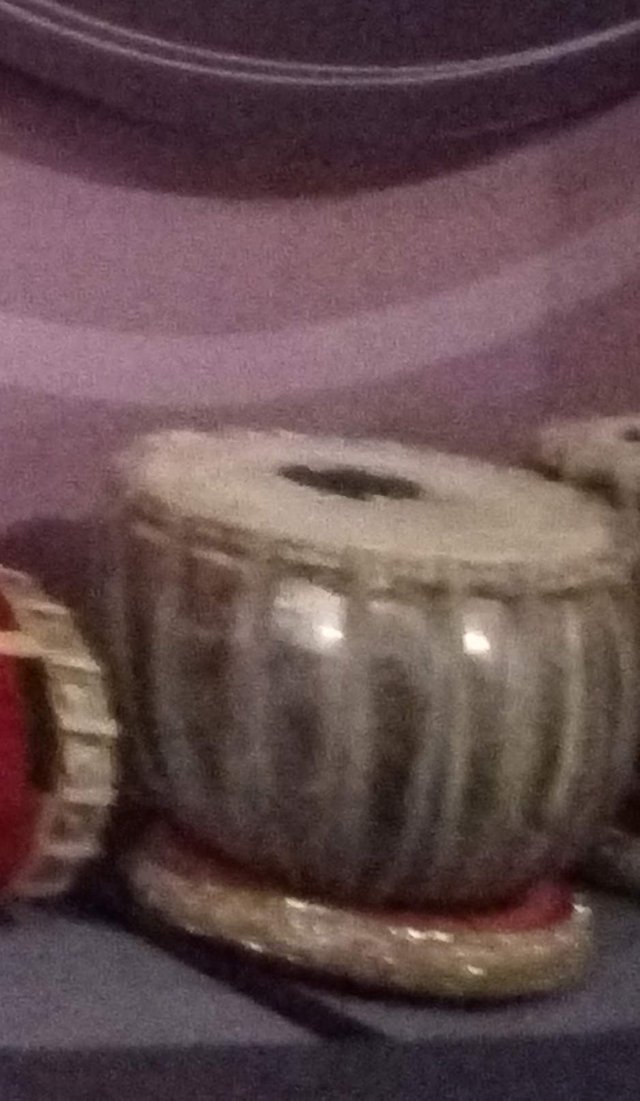
Tabla
The name of Tabla does not appear in our ancient text. It was first referred in Sudhakara's "Sangitopanishad (1333 CE)". So also were found the percussion instruments - Dhola, Tabla & Mukha as used by "Mlechhas" (of North-West India). Tabla is used as an accompanying instrument in India music both modern and classical.
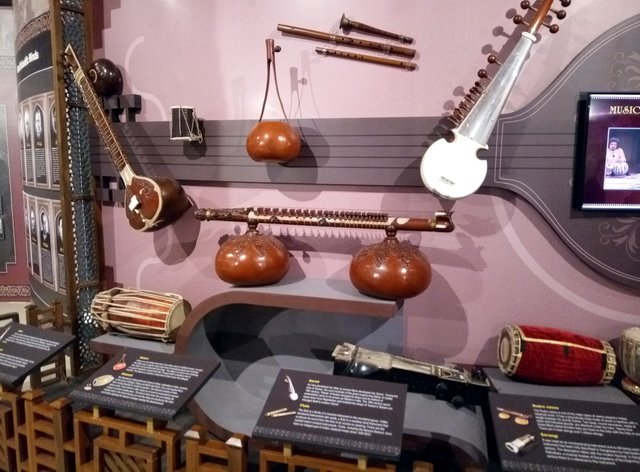
A collection of all top ten Indian Musical Instruments
All source of info : Information Centre of Science City, Kolkata, India
Other References:
https://www.culturalindia.net/indian-music/music-instruments.html
[To Be Continued...]
Episode #01, Episode #02, Episode #03, Episode #04
follow me on steemit  AND resteem it
AND resteem it 






>>Thanks to @elyaque for designing my badges :)<<
MY STATS
REPUTATION SCORE : 70.99 | TOTAL FOLLOWERS : 2566
TOTAL BLOG POSTS : 1309 | TOTAL LIKES : 73294
TOTAL EARNINGS : $26134.41 SBD
Buy photos from My Shutterstock Portfolio


I would like to play these instruments. Very nice.
Those are really credible..... I love every bit of this
Saya akan selalu mendukung postingan anda.
karen postingan Anda selalu bermamfaat bagi pengguna steemit.
saya tunggu postingan selanjutnya.
Teruslah berkarya dan bantulah sesama pengguna steemit.
@royalmacro sir best post thank bhai for shearing with us
The human mind is awesome and it dynamic ability to create is what baffles me. Its a mystery that is beyond our comprehension as human.
Those instrument plays diverse role in sound ptoduction and their effective combination bring about rethym that pleases our soul.
Thanks for sharing my friend.
very important post.you provided lots of information about the origin of these musical instruments.thankyou.
Que buenos instrumentos!
Evergreen instruments bro... Superb